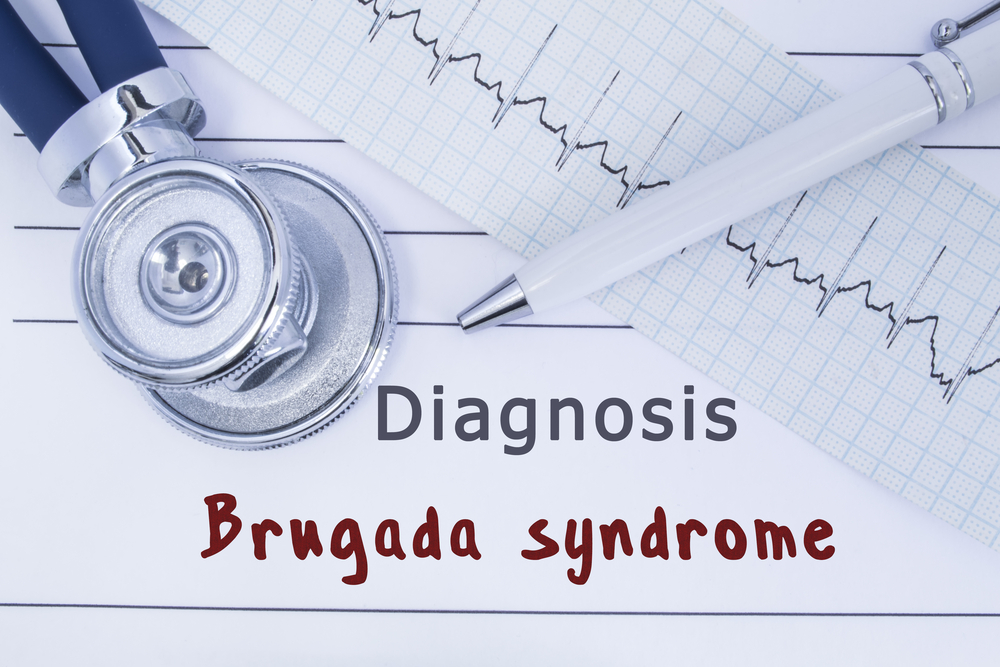Arq. Bras. Cardiol. 2021; 117(2): 350-351
Brugada ECG Pattern – A Blip on the Radar for a Pontentially Life-Threatening Condition
This Short Editorial is referred by the Research article "Prevalence and Related Characteristics of Patients with Brugada Pattern Electrocardiogram in Santa Catarina, Brazil".
The finding of a singular ST-segment elevation in the right precordial leads was first considered a normal variant. An initial hint that this electrocardiographic (ECG) sign and sudden cardiac death (SCD) were possibly associated sprang from a case series published in 1989. Three years later, Brugada et al. reported on eight patients who presented with right bundle branch block, persistent ST-segment elevation in V1-3, and multiple episodes of ventricular fibrillation, a new clinical and ECG syndrome that was later named after them. Nowadays, Brugada syndrome (BrS) still attracts much interest due to its high prevalence in specific world regions and potential lethality in otherwise healthy young adults.,
Accounting for 4% to 12% of all cases of SCD globally and one fifth of those occurring in structurally normal hearts, BrS is an autosomal dominant cardiac disease, with incomplete sex- and age-related penetrance, caused by dysfunctional sodium channels., Although it is usually silent, BrS is clinically remarkable for male predominance, manifesting between the third and fifth decades of life. Affected patients display ECG abnormalities and increased susceptibility to cardiac arrhythmias. Symptoms, when present, may vary from syncope to SCD depending on the sort and duration of arrhythmic events, which often occur at rest or in vagotonic conditions.
[…]
976

